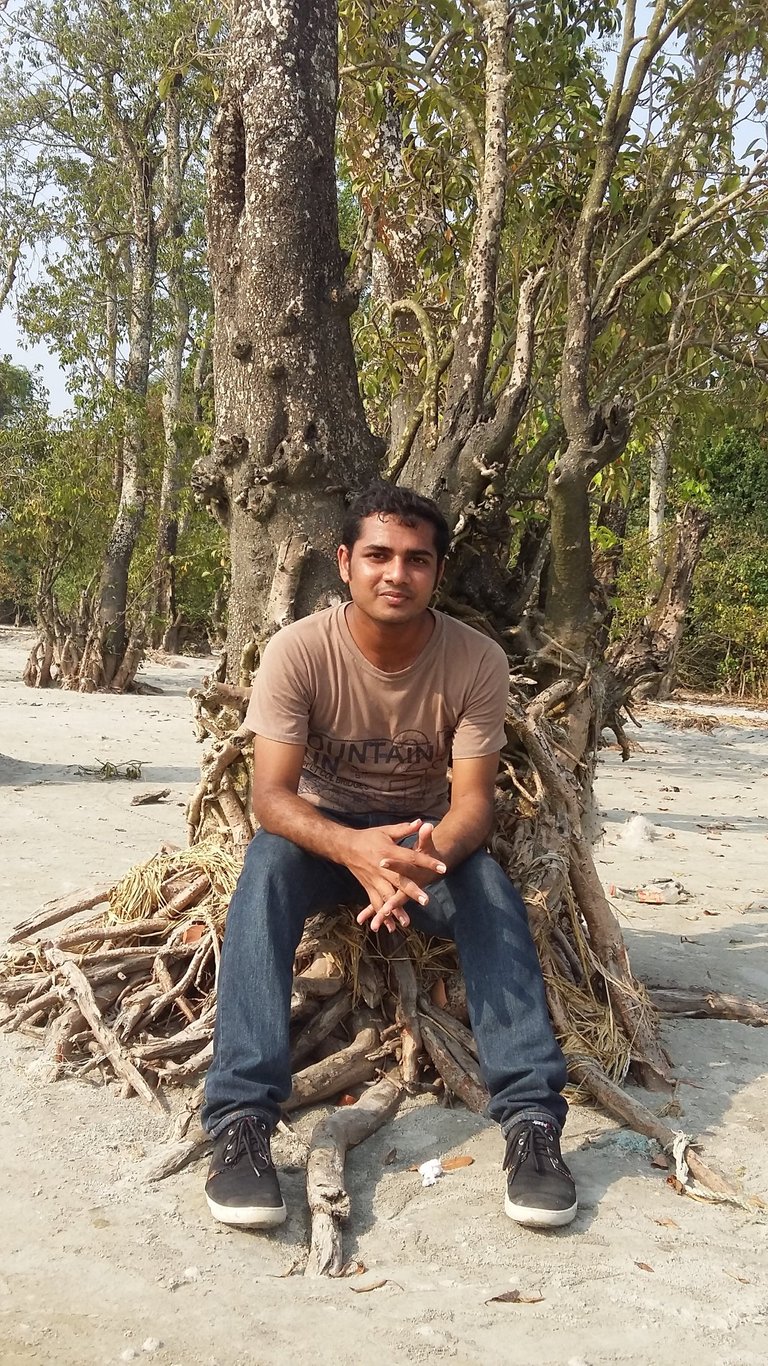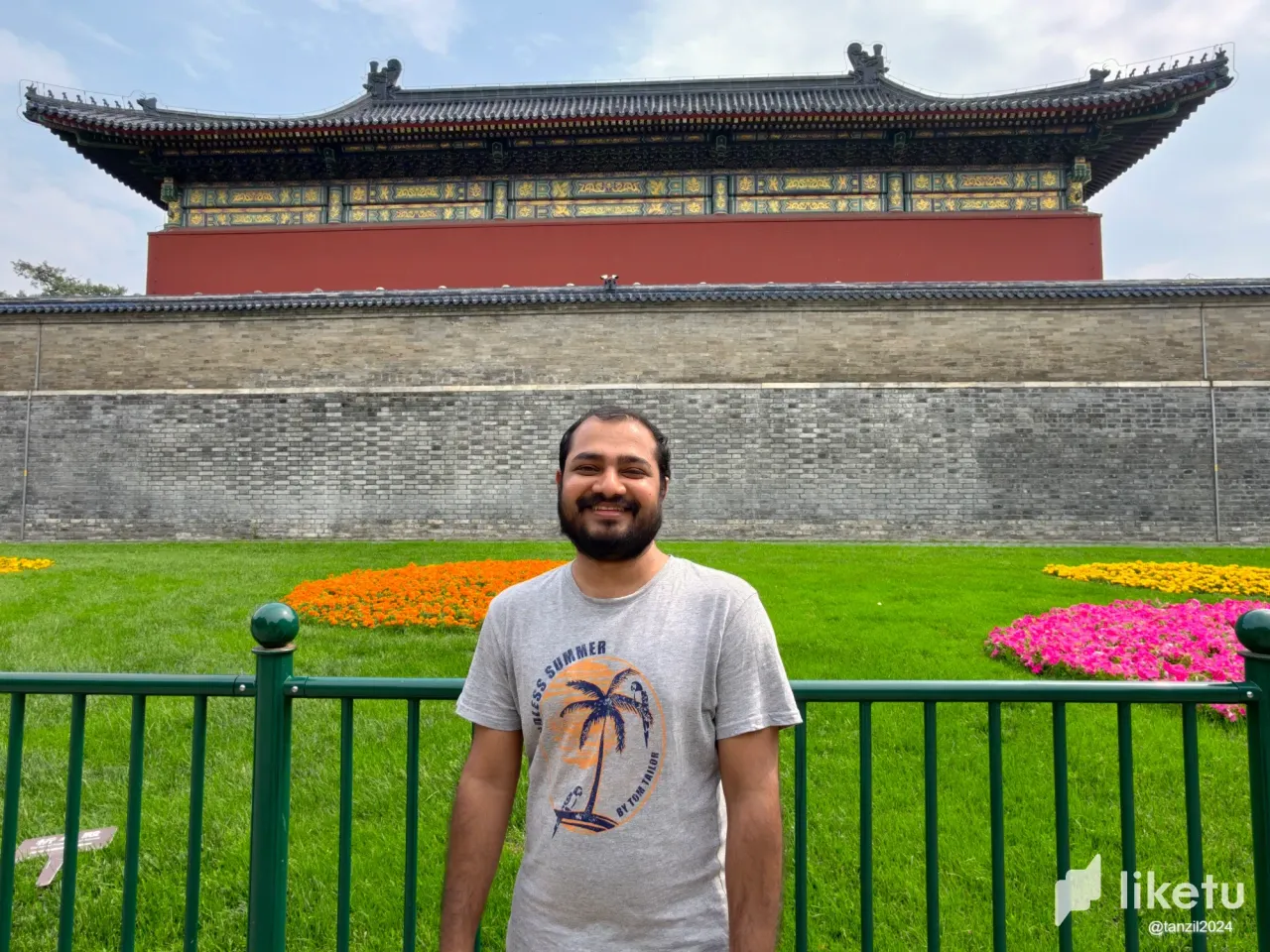 Travelling With Photography In Temple Of Heaven In Beijing
Travelling With Photography In Temple Of Heaven In Beijing
Usually I don't like taking photos of myself, as you can notice in all of my blogs on travelling, I always share the surrounding beauty of the spot, but don't share my own photos most of the time unless it is significant for the tour. Maybe one of the reasons for that could be solo travel alone, and the bigger reason is that I don't like taking photos of myself. But last month, my friend from Bangladesh, who is currently staying in Nanjing, visited Beijing, and we met after a couple of years. And so we spent a great day together at a travel destination in Beijing. We have visited several places and enjoyed a beautiful day there, and enjoyed some amazing food together, as I have posted about the Xinjiang-style Pulao in one of the Xinjiang restaurants previously.
I am enjoying the China travelogue of Hassan, the most handsome man in the Indian subcontinent!😃
It's amazing how Hassan is always discovering new things about Chinese people and Chinese society!
Hassan was probably a genius!😄
When I first joined Steemit, I didn't speak English well and didn't know anything about cryptocurrencies.
My respected elder brother Steve advised me that I could get a lot of help if I met people from the Indian subcontinent.
Steve initially told me that if I met Marwan, a Pakistani, I could learn about cryptocurrencies.
However, I had a hard time understanding Marwan's business-style English.
I happened to meet Hassan, who was studying for his PhD in engineering in China.
Hassan had a great interest in and study of the Chinese people and society, and he knew how to communicate well with East Asians like me.
I felt that Hassan had great talent as a teacher!
Hassan's English was easy to understand for East Asians like me!
Since 2000 years ago, the people of the Indian subcontinent have been famous among East Asians as people of wisdom and charm!
So, I decided to become friends with Hassan!
6. Indo-Aryan women who fascinated East Asian men!
I've been wanting to tell Hassan about how his ancestors seduced East Asian men for 2000 years!😉
Hassan is currently a Muslim, but his ancestors were Buddhist and Hindu.
I wondered what Hassan felt about his ancestors who were Buddhist and Hindu! East Asians today are fascinated by Buddhism and Hinduism in the Indian subcontinent.
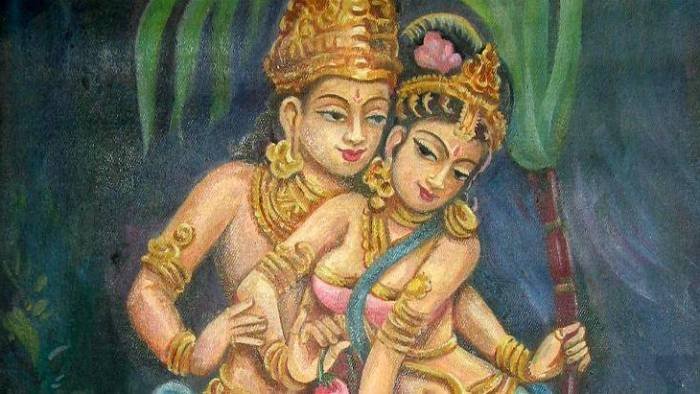
Modern East Asian men still remember the paintings and sculptures of fascinating Indian women that Hassan's ancestors created!😳
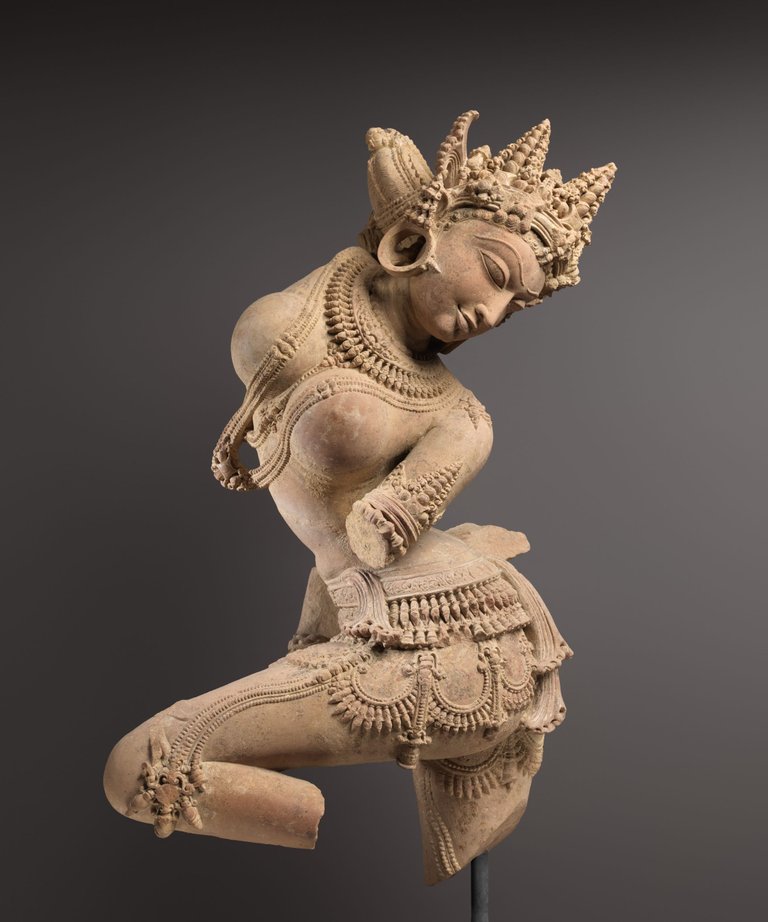
The imagination that an Indian woman, who was a model of this statue, might have been an amazing beauty, captivated East Asian men!
I was amazed at the talent of the men of the Indian subcontinent who created such wonderful statues!
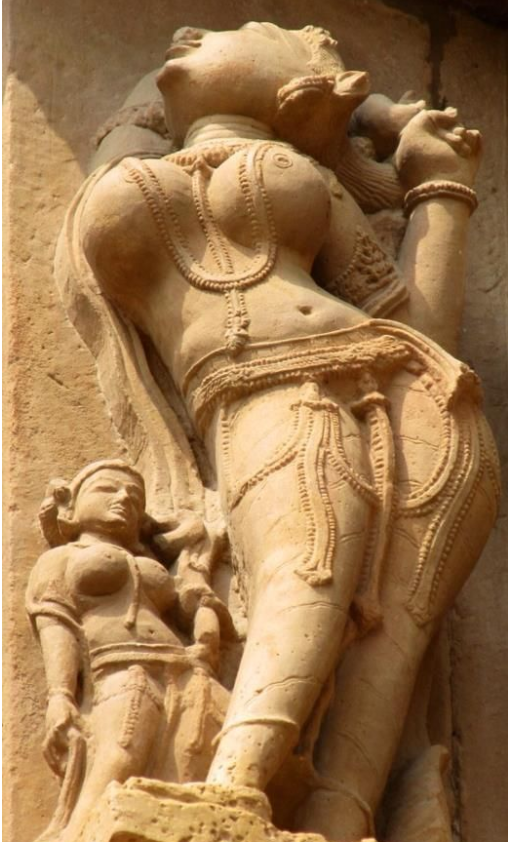
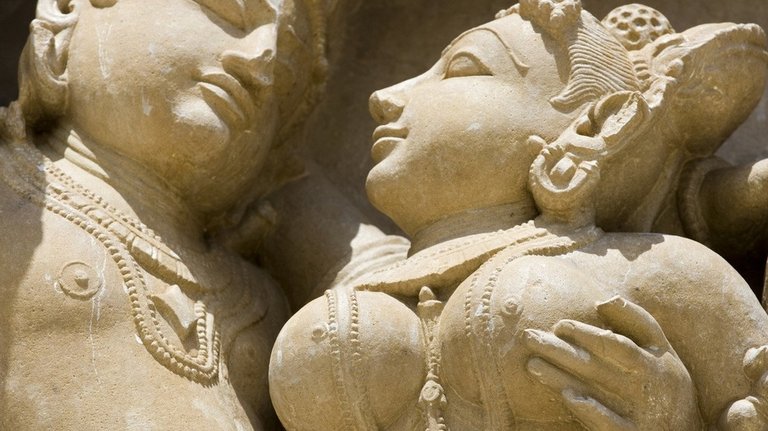
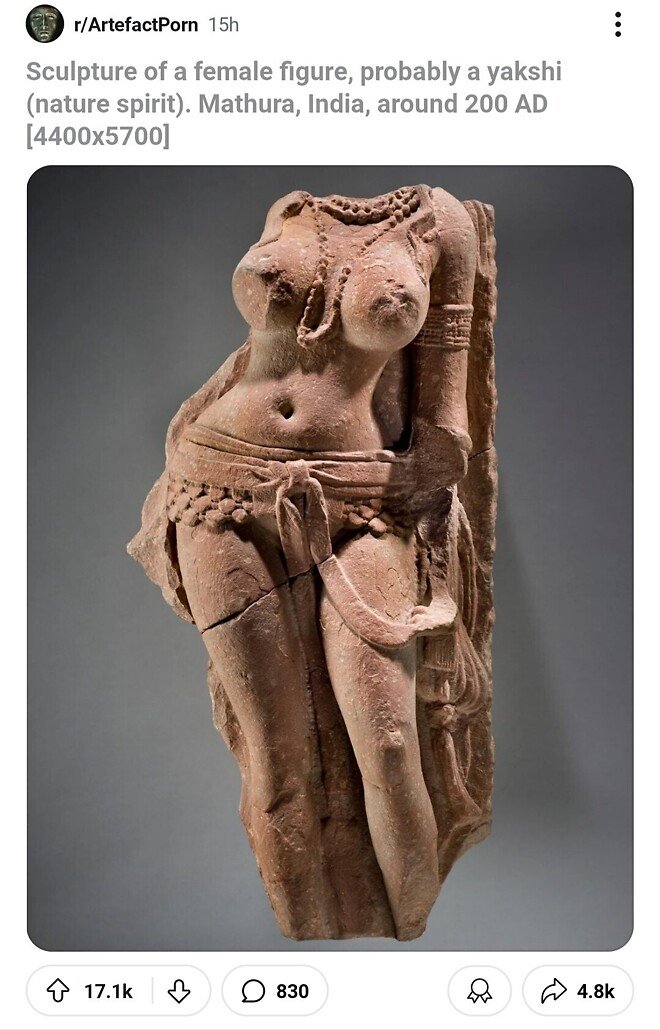
The statue in this photo caused a sensation among modern East Asian men! The fantasy that the Indian woman who modeled the statue must have been very beautiful dominated East Asian men!😲

An East Asian man was so fascinated by the statue that he painted a picture of the woman from the Indian subcontinent who served as the model for the statue!
Modern East Asian men call that statue the Venus of the Indian subcontinent!
I wonder how Hassan evaluates the imagination of East Asian men!😄
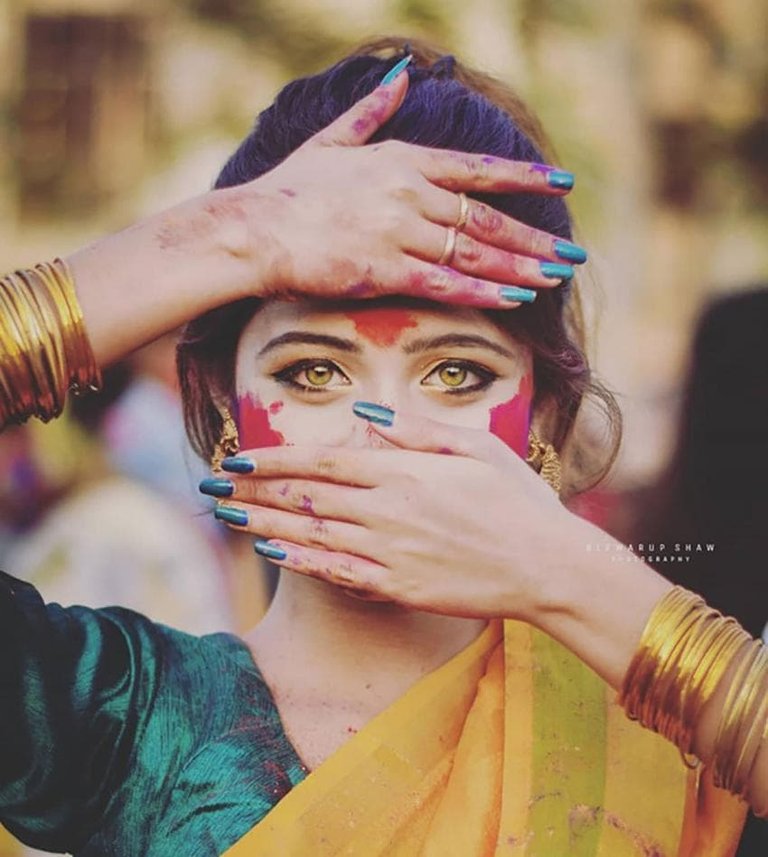
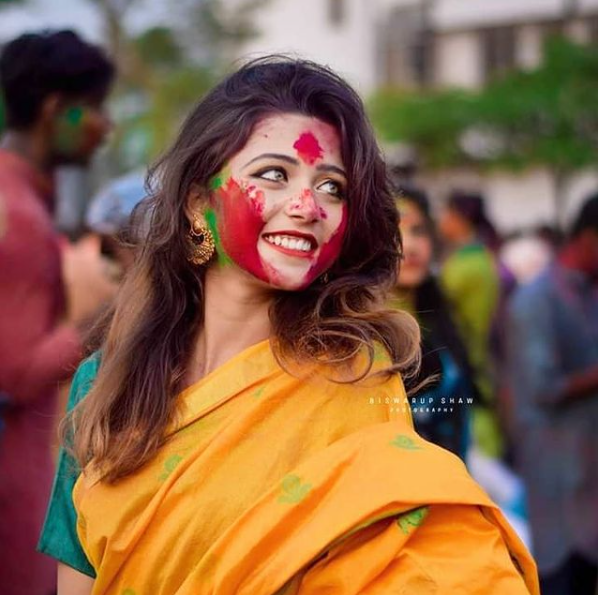
I wonder what kind of sculpture I would make using the Indian woman in this photo as a model!
East Asian men called the woman in this photo the Hindu goddess of beauty!
From an East Asian male perspective, she is stunningly beautiful!
Many East Asian men wanted to marry her!
1. Why do East Asians read Genesis in the Bible?
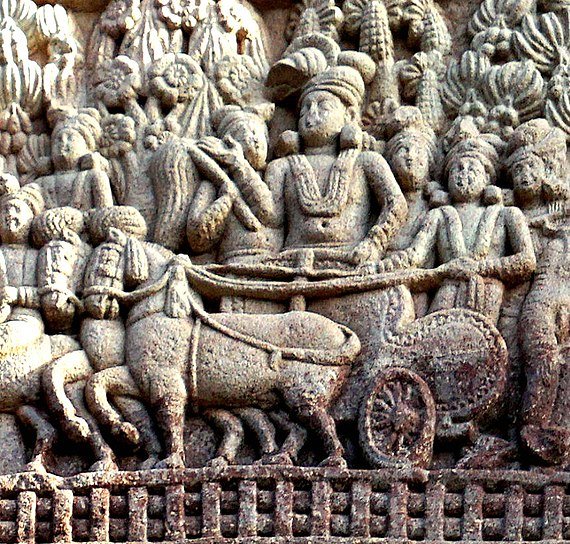 A c. 1st century BCE / CE relief from Sanchi, showing Ashoka on his chariot, visiting the Ramagrama.[1][2]
A c. 1st century BCE / CE relief from Sanchi, showing Ashoka on his chariot, visiting the Ramagrama.[1][2]
Ashoka, also known as Asoka or Aśoka (/əˈʃoʊkə/[7] ə-SHOH-kə; Sanskrit: [ɐˈɕoːkɐ], IAST: Aśoka; c. 304 – 232 BCE), and popularly known as Ashoka the Great, was Emperor of Magadha[8] from c. 268 BCE until his death in 232 BCE, and the third ruler from the Mauryan dynasty. His empire covered a large part of the Indian subcontinent, stretching from present-day Afghanistan in the west to present-day Bangladesh in the east, with its capital at Pataliputra. A patron of Buddhism, he is credited with playing an important role in the spread of Buddhism across ancient Asia.
Ashoka tried to spread Buddhism from India throughout the world. He is especially famous among East Asian Buddhists!
The legend, life, and achievements of Ashoka are recorded in East Asian Buddhist texts, so East Asians also remember his name!


Woman from the Indian subcontinent who married a Chinese prince
I have speculated that Ashoka spread Buddhism to East Asia by arranging marriages between East Asian kings and Indian women.
Buddhism in India had a major influence on the development of civilization in the East Asian world.
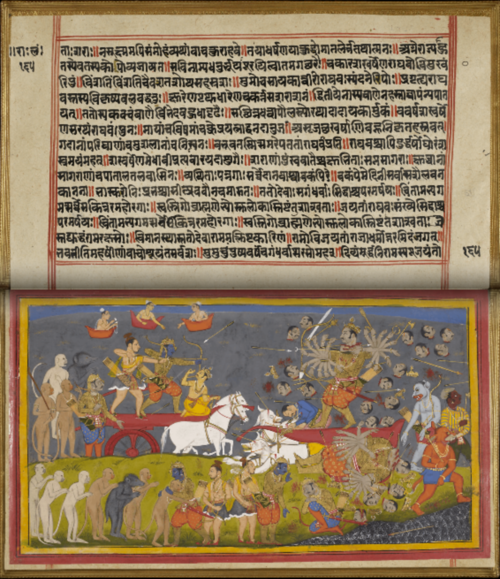 Rāma slaying Rāvaṇa, from a royal Mewar manuscript, 17th century
Rāma slaying Rāvaṇa, from a royal Mewar manuscript, 17th century
The Ramayana (/rɑːˈmɑːjənə/;[1][2] Sanskrit: रामायणम्, romanized: Rāmāyaṇam[3]), also known as Valmiki Ramayana, as traditionally attributed to Valmiki, is a smriti text (also described as a Sanskrit epic) from ancient India, one of the two important epics of Hinduism known as the Itihasas, the other being the Mahabharata.[4] The epic narrates the life of Rama, the seventh avatar of the Hindu deity Vishnu, who is a prince of Ayodhya in the kingdom of Kosala. The epic follows his fourteen-year exile to the forest urged by his father King Dasharatha, on the request of Rama's stepmother Kaikeyi; his travels across the forests in the Indian subcontinent with his wife Sita and brother Lakshmana; the kidnapping of Sita by Ravana, the king of Lanka, that resulted in bloodbath; and Rama's eventual return to Ayodhya along with Sita to be crowned as a king amidst jubilation and celebration.
The Ramayana became famous to East Asians as Indian Buddhism spread to East Asia. East Asians enjoyed the Ramayana as they read Indian Buddhist scriptures.
I thought the Ramayana had a great influence on the birth of heroic myths in East Asia.
I wonder if Hassan knows the Ramayana!
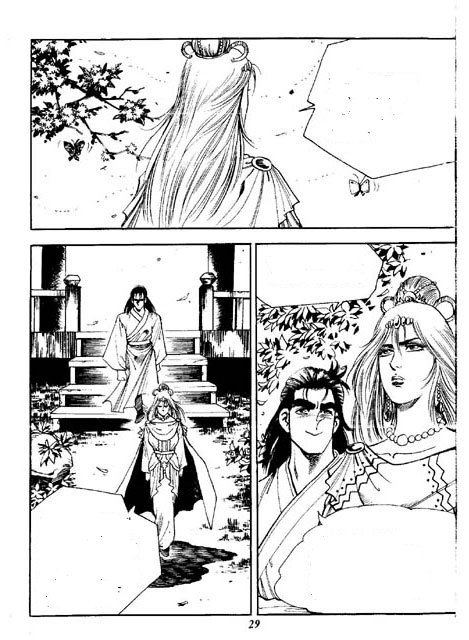

I thought a modern East Asian man had created a literature based on the Ramayana, about the meeting, war, and love between an Indian queen and a Chinese prince.
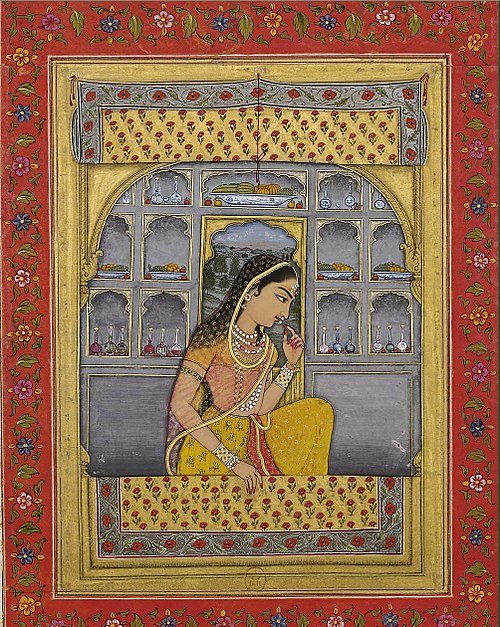 An 18th-century painting of Padmini
An 18th-century painting of Padmini
Padmini, also known as Padmavati or Rani Padmavati, was a 13th–14th century queen of the Kingdom of Mewar in India.[2] Several medieval texts mention her, although these versions are disparate and many modern historians question the extent of their overall authenticity.[3]
The Jayasi text describes her story as follows: Padmavati was an exceptionally beautiful princess of the Sinhalese kingdom (in Sri Lanka).[a] Ratan Sen, the Rajput ruler of Chittor Fort, heard about her beauty from a talking parrot named Hiraman. After an adventurous quest, he won her hand in marriage and brought her to Chittor. Ratan Sen was captured and imprisoned by Alauddin Khalji, the Sultan of Delhi. While Ratan Sen was in prison, the king of Kumbhalner Devapal became enamoured with Padmavati's beauty and proposed to marry her. Ratan Sen returned to Chittor and entered into a duel with Devapal, in which both died. Alauddin Khalji laid siege to Chittor to obtain Padmavati. Facing a defeat against Khalji, before Chittor was captured, she and her companions committed Jauhar (self-immolation) thereby defeating Khalji's aim and protecting their honour. Coupled to the Jauhar, the Rajput men died fighting on the battlefield.
Many other written and oral tradition versions of her life exist in Hindu and Jain traditions. These versions differ from the Sufi poet Jayasi's version. For example, Rani Padmini's husband Ratan Sen dies fighting the siege of Alauddin Khalji, and thereafter she leads a jauhar. In these versions, she is characterised as a Hindu Rajput queen, who defended her honour against a Muslim invader. Over the years she came to be seen as a historical figure and appeared in several novels, plays, television serials and movies.
I guessed that the original version of my favorite legendary Indian romance, Padmavati, was the Ramayana!
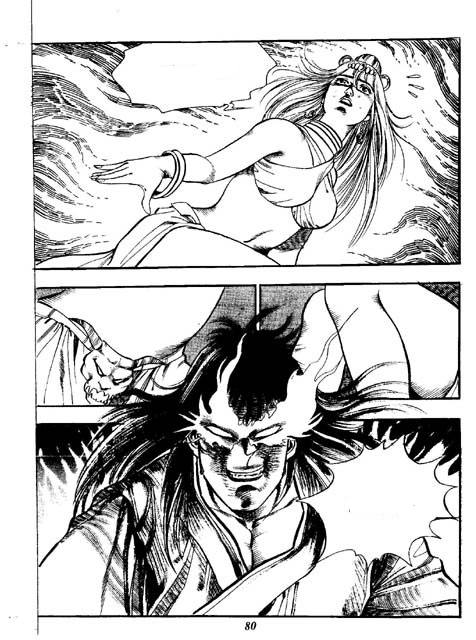
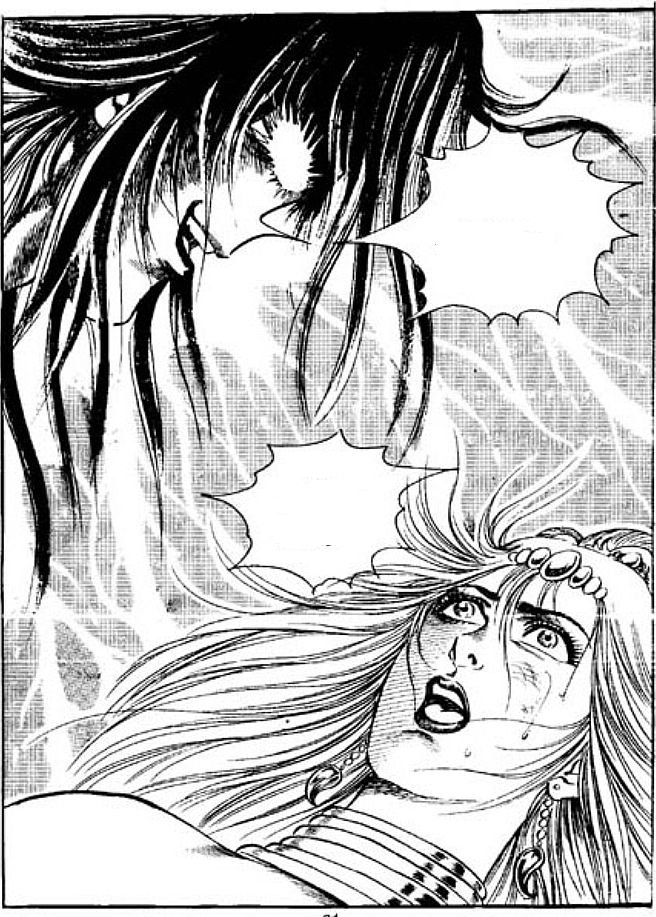
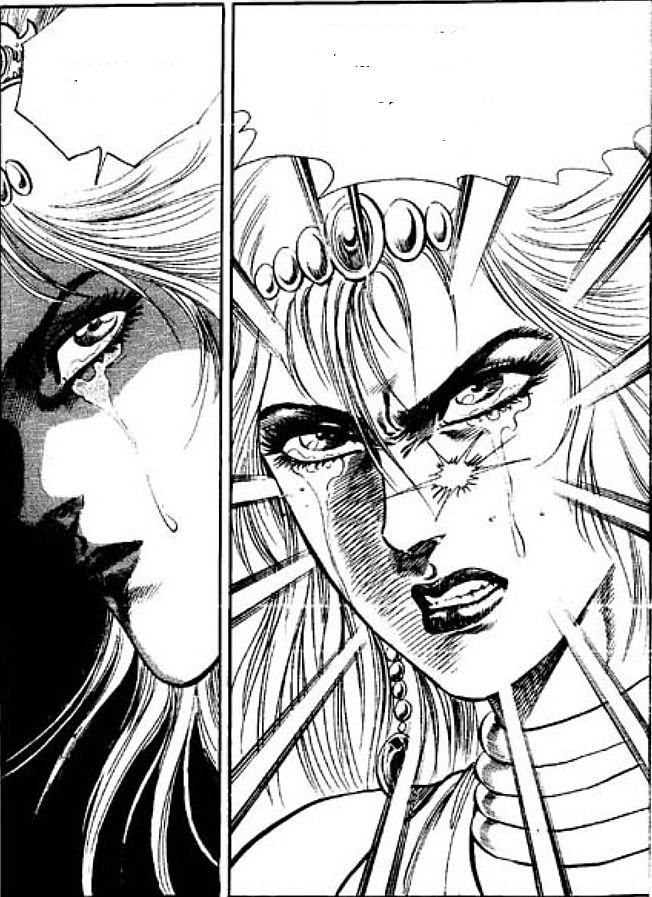
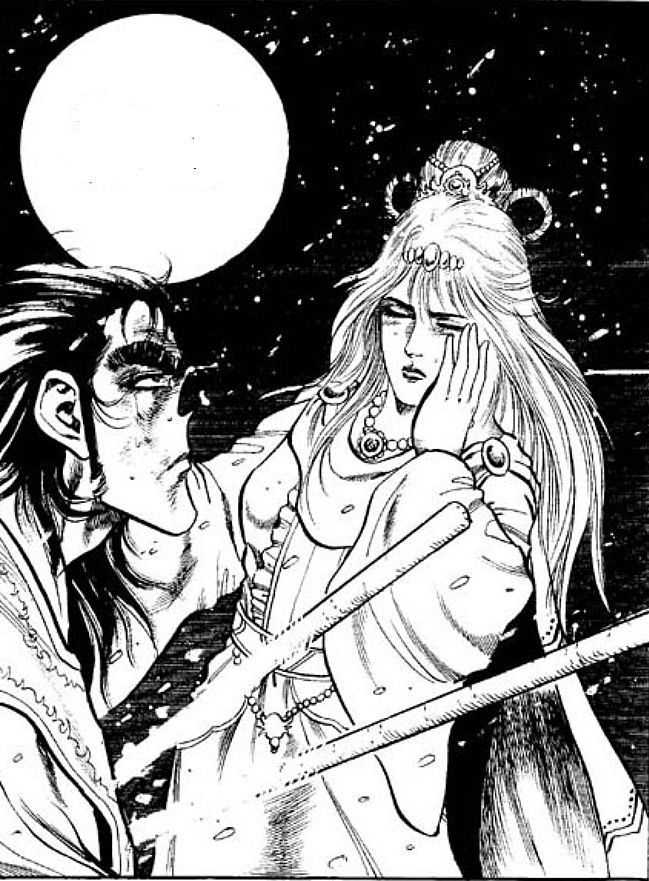
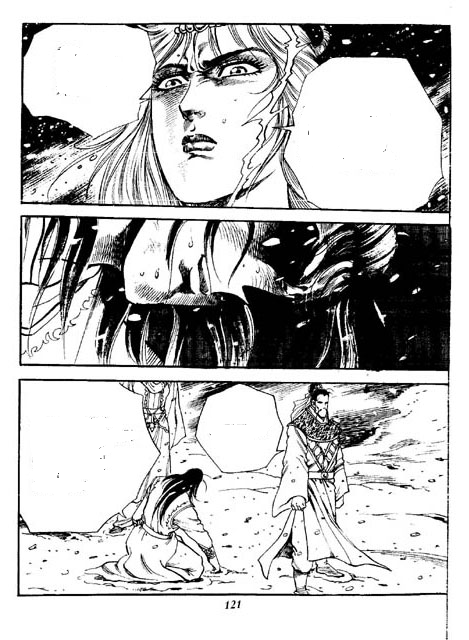
In Indian legend, Padmavati chooses death by entering fire to protect her honor
But, Modern East Asian men wanted an ending where Padmavati wins in the end, so they created a new legend!
Padmavati orders the Chinese prince to appoint her as the empress of China.
The Chinese prince smiles bitterly at the fact that he has to obey Padmavati's orders.
Is the Chinese prince not very happy about marrying the world's most beautiful woman, Padmavati?
I wonder what my brother Hassan thinks of the ability of East Asian men to recreate the Ramayana as an East Asian myth!😄
I wonder if the Muslims on the Indian continent like Hassan know Ramayana!😃
Modern East Asian men recognize the Ramayana as the creation myth of the Indian subcontinent.
East Asians, who have been captivated by the endless fun and charm of the Ramayana for 2,000 years, continue to enjoy the Ramayana to this day.
I felt that reading the Ramayana helped me understand the people and culture and history of the Indian subcontinent!
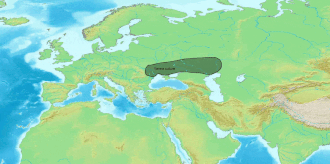 Indo-European topics
Indo-European topics
Aryan (/ˈɛəriən/), or Arya (borrowed from Sanskrit ārya),[1] is a term originating from the ethno-cultural self-designation of the Indo-Iranians.[2][3] It stood in contrast to nearby outsiders, whom they designated as non-Aryan (an-āryā).[4] In ancient India, the term was used by the Indo-Aryan peoples of the Vedic period, both as an endonym and in reference to a region called Aryavarta (Sanskrit: आर्यावर्त, lit. 'Land of the Aryans'), where their culture emerged.[5] Similarly, according to the Avesta, the Iranian peoples used the term to designate themselves as an ethnic group and to refer to a region called Airyanem Vaejah (Avestan: اَئیریَنَ وَئِجَهْ، airiiana vaējah, lit. 'Expanse of the Arya'), which was their mythical homeland.[6][7] The word stem also forms the etymological source of place names like Alania (Aryāna) and Iran (*Aryānām).[8]
Modern East Asians sympathize with the Aryan theory because they enjoy the Ramayana!
East Asian men like me were amazed by the genius of the Europeans who created the Aryan theory!
I thought the Aryan theory was the best tool to reveal the hidden relationship between the civilization of the Indian subcontinent and the civilization of East Asia since prehistoric times!
I guess that's why modern East Asian men like and feel close to women from the Indian subcontinent!😄

Indian beauty drawn by East Asian man
Do East Asian men subconsciously feel that women from the Indian subcontinent are the most beautiful?
Disclaimer The above article is entirely my personal research, so I would like to first clarify that there may be misunderstandings and mistakes.
I especially hope that my friends will understand the awkward and rude English of American elementary school students!😄
